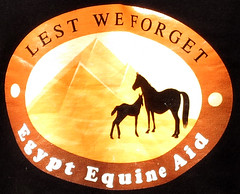
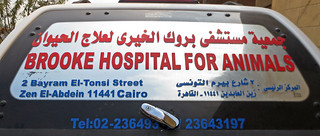
Jill had invited us to come out and join her on any Tuesday when veterinarians provide treatment for animals at local villages free of charge. This past Tuesday we headed out to join them.
It turned out to be a good day to visit since a large group of Italian farriers happened to be in the area teaching their skills to Egyptian students of the trade. We caught up to the farriers at Maryanne's nearby farm where they were forging some new shoes.


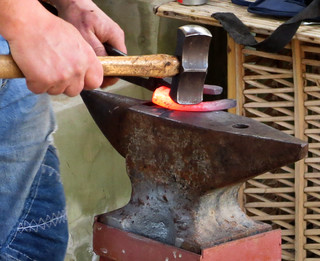
Maryanne's farm provides horseback riding for larger groups and she also has a small goat cheese operation along with organic vegetables irrigated by a solar pumping station.

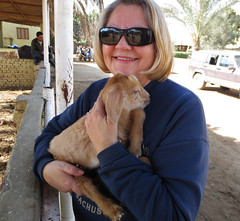

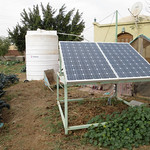
With a half dozen or so farriers and three veterinarians, we soon set off in a convoy to a nearby village. Maryanne has several of these small villages lined up on a rotating basis for the vets' Tuesday visits. We arrived and they set up shop beside the local mosque.
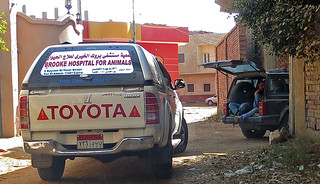

The mosque is the center of activity in the area. Women were coming to the pump to draw water.
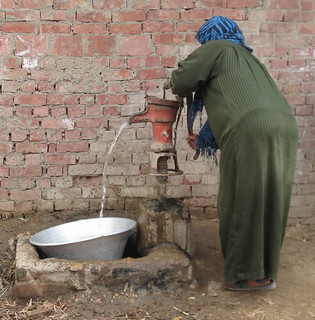

And bread was being prepared and baked in the oven just beyond the pump.
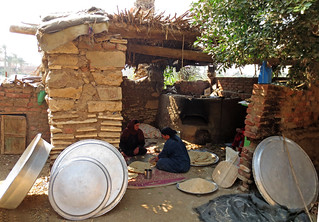
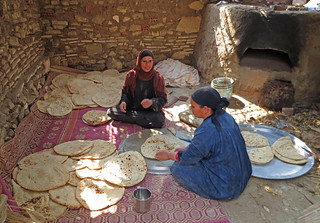
The vets' medical supplies took a slightly different route and arrived by donkey cart.

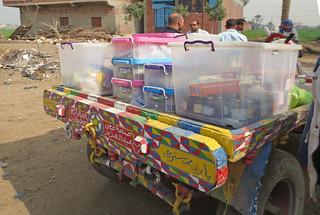
Maryanne keeps meticulous records on the animals and their treatment. She has a very outgoing personality and appears to know a great many of the villagers.


A young man had used the mosque loudspeaker system to announce that the clinic was in session and people began to arrive from all directions. Villagers, young and old, brought a wide variety of animals with donkeys and horses being in the majority.

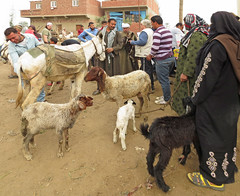

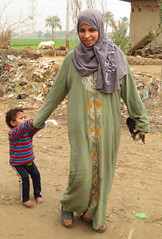
The poultry owners were given a vitamin supplement that one of the vets later told me stimulated egg production as well as helping to develop thicker shells. A number of infections were treated, too.
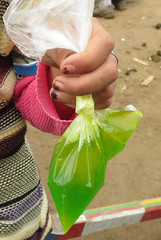

But much of the work this day was performed by the farriers. Each of them had a well-equipped bucket of tools.
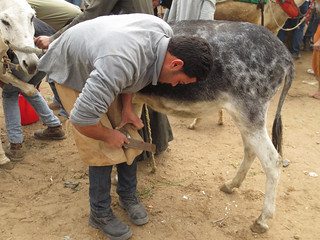



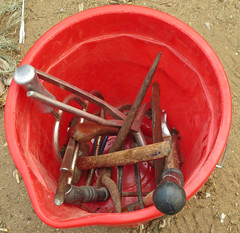
When the last of the animal had been treated, we returned to Maryanne's farm where she hosted a luncheon for the large contingent of volunteers and observers.
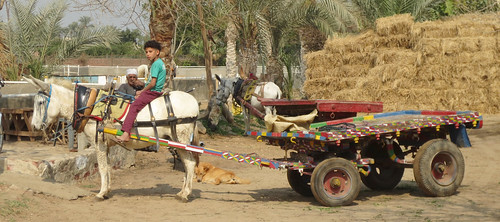





1 comment:
Great post! I love the one of Linda with the baby goat.
Post a Comment